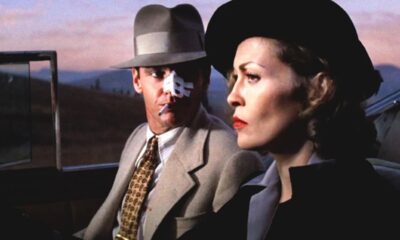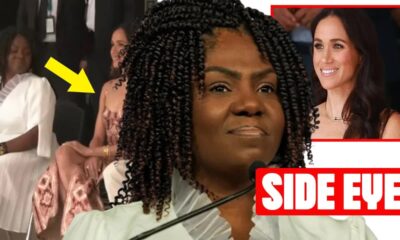All round
Joan Crawford vs Bette Davis: Origins of their fierce feud
It’s one of Hollywood’s most famous feuds, but it’s been going on so long that many people have forgotten why it began.
The rivalry between silver-screen titans Bette Davis and Joan Crawford is legendary, a decades-long battle driven by both professional and personal resentments and propelled by an industry that reveled in seeing its female stars rip each other apart. Much of their fighting played out as back-and-forth sniping in the tabloids, but Crawford was always less openly antagonistic than Davis, whose legendary burns include the classic: “[Crawford] slept with every male star at MGM—except Lassie.”
Why did they have such a vehement dislike for each other? It’s a long story.
When Davis made her first film appearances, Crawford had already established herself as a major star. Joan had slept her way to the top, even marrying Douglas Fairbanks Jr., the famed actor. Davis was disturbed by the press’ obsession with Crawford’s love life, and she was particularly furious when the studio staged a major publicity campaign for Davis’s new film Ex-Lady, only for Crawford to steal the show by announcing her and Fairbanks’ divorce on the same day.
Bette had been envious of Crawford’s involvement with Clark Gable, whom she admired, but it was Franchot Tone who caused the two to feud. Davis’ main guy in Dangerous was Tone, who was dating Crawford. Davis was head over heels in love with him, but he married Crawford instead.
Davis eventually eclipsed Crawford as a great star. By the 1940s, both performers were working for Warner Bros., and their dressing rooms were next to one other. Crawford tried all she could to win Davis over, including bringing flowers and presents next door, but they were all returned (with Davis sneering about “lesbian overtures”). The competition and squabbling soon became clear, and before long, it had become legendary. They squabbled over each other’s looks, love lives, upbringing, careers, accolades, and even children.
Trending:
- Meghan Markle Steals the Spotlight Again: A Royal Engagement Gone Awry
- “Harry and Meghan’s Tense Moment: A Marriage Under Scrutiny”
- Tension Unveiled: Frances Marquez’s Discontent with Meghan Markle in Colombia
- Elton John’s Scathing Remarks Leave Meghan Markle in Tears at Music Awards
- Meghan Markle’s On-Set Outburst: A Diva in Disguise?
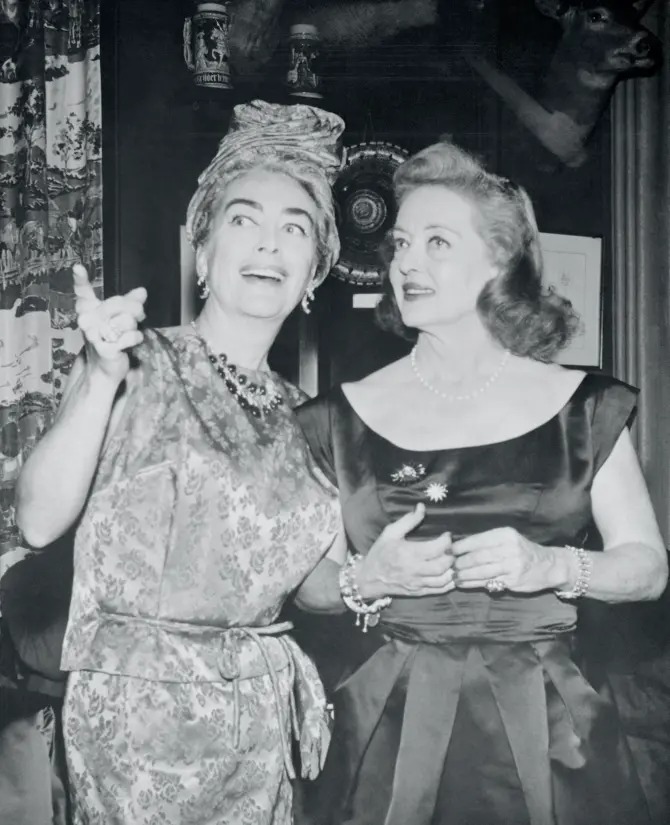
Credit: Corbis – Getty
THE DETAILS:
According to some critics, their enmity began in 1933, when Davis was the first woman to have her name appear above the film’s (Ex-Lady) title. Crawford, on the other hand, stole her thunder when she publicly announced her divorce from Douglas Fairbanks Jr., ensuring that Davis’ project received practically little exposure in contrast.
Crawford’s marriage to Davis’ co-star Franchot Tone in 1935, despite Davis’ affection for him, aggravated the situation even more. Davis claimed in a 1987 interview that she felt Crawford’s marriage to Tone to be unforgivable, saying, “I have never forgiven her for that, and never will.”
Ms Crawford reportedly asked the gentleman over for dinner, but she met him in her solarium absolutely n-ked.
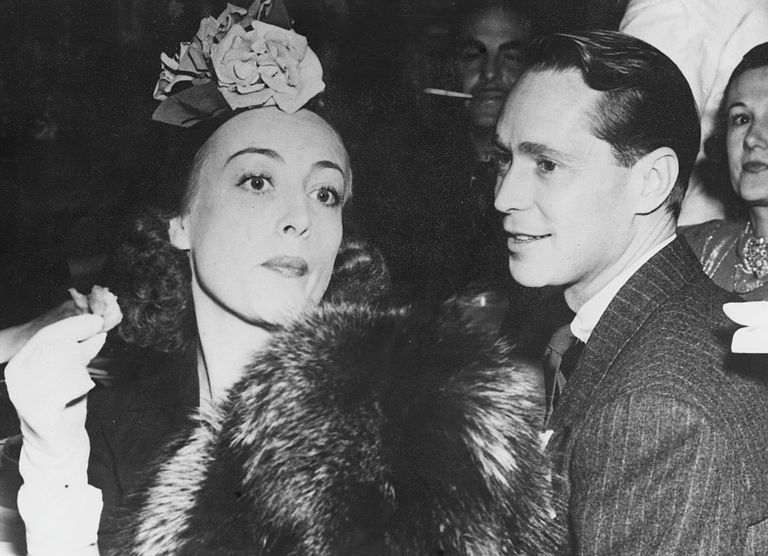
Joan Crawford and Franchot Tone.
GETTY IMAGES
Joan and Franchot married and divorced, but the enmity between the two women remained.
“She slept with every male star at MGM, except Lassie,” Bette reportedly claimed of Joan.
“She looks like she’s never had a happy day, or night, in her life,” Joan allegedly stated of Betty.
“I fell in love with Franchot, professionally and privately,” Davis said. “Everything about him reflected his elegance, from his name to his manners.”
Crawford, unfortunately, got to Tone first, and the couple announced their engagement while filming Dangerous. Davis stated, “He was madly in love with her. They met each day for lunch… he would return to the set, his face covered in lipstick. He was honored this great star was in love with him. I was jealous, of course .” Tone “thought Bette was a good actress, but he never thought of her as a woman,” Crawford is quoted as saying.
Crawford, according to Davis, purposefully manipulated Tone because she saw how committed Davis was. Crawford declined to congratulate Davis on her first Oscar-winning performance in Dangerous, and only said this after Tone called her out for being rude: “Dear Bette! What a lovely frock .”
“He was madly in love with her,” Davis admitted. “They met each day for lunch. After lunch, he would return to the set, his face covered in lipstick. He made sure we all knew it was Crawford’s lipstick.”
Davis attempted all she could to persuade Tone to love her, but he was already committed to Crawford. Soon after the production of “Dangerous,” he married Crawford.
“She took him from me,” Davis said. “She did it coldly, deliberately, and with complete ruthlessness. I have never forgiven her for that, and I never will.”
Crawford’s backstabbing, according to Kathryn Sermak’s book, upset Davis more than losing Tone. Davis was always “a great supporter of women,” as he put it.
Davis’ devoted aide, who worked for her for the last ten years of her life, has now confirmed another quarrel origin tale, one that Davis herself pushed before her death in 1989.
According to Kathryn Sermak, author of the new book “Miss D and Me: Life with the Invincible Bette Davis,” Crawford was smitten with Davis, but the solidly heterosexual Davis turned down Crawford’s advances.
“Joan did have a crush on Miss Davis, but Miss Davis is a man’s woman,” Sermak told Vanity Fair in an interview. Sermak started working with Davis when she was 22 years old and stayed with her until her death in 1989.
Joan joined Warner Brothers’ studio in 1943, putting the two in direct competition for some of the most important roles, fueling their enmity.
Crawford attempted to take their relationship in a new way by requesting a dressing room adjacent to Davis at Warner Bros. She sent her countless presents and flowers in an attempt to help her forget about their history, but Davis was not ready to forgive Crawford for her actions and returned them all.
Crawford’s moment to shine came after a nearly two-year break, while Davis had already basked in Oscar glory. Davis was offered the role of Mildred Pierce in Michael Curtiz’s Mildred Pierce, but she declined, and the role went to Crawford, who went on to win her first and only Academy Award for Best Actress.
Crawford seized additional starring roles designated for Davis, including her position in Possessed, so this wasn’t a one-time occurrence. Davis reportedly declined to go on to a project that studied the lives of female convicts in the same prison as Crawford, referring to it as “a dyke movie,” but Crawford’s acquaintances said that she had a homoerotic interest in Davis.
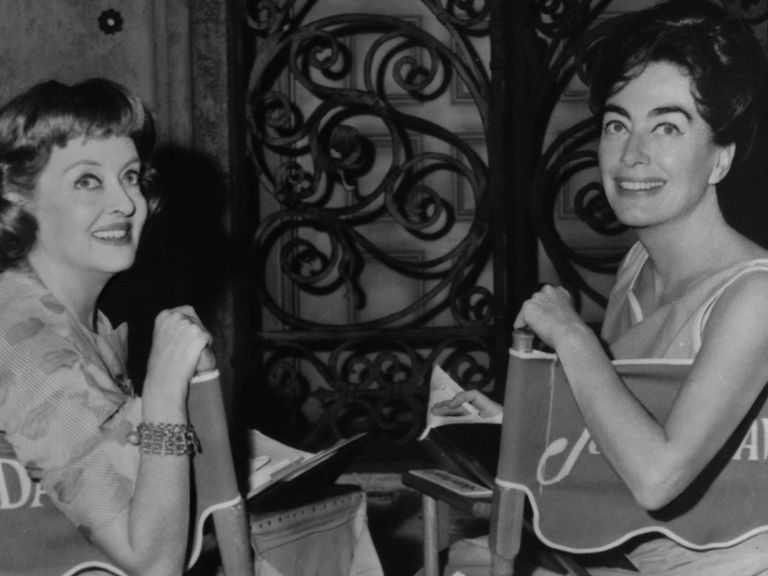
GETTY IMAGES
What Ever Happened To Baby Jane
Their enmity reached a pinnacle in 1962, when they co-starred in the film What Ever Happened to Baby Jane.
Bette insisted on having a Coca-Cola vending machine put in her dressing area because Joan was married to the CEO of Pepsi at the time.
Joan put pebbles in her pockets for the moments when Bette had to pull her across the floor to make it as tough as possible.
Bette was nominated for an Academy Award for Best Actress for her portrayal in the picture, which received critical praise.
Publicly Joan told reporters: “I always knew Bette would be chosen, and I hope and pray that she wins.”
“That’s so much bull,” Bette was quoted as saying privately.
Shaun Considine said in his book Bette and Joan: The Divine Feud, “When Miss Crawford wasn’t nominated, she immediately got herself booked on the Oscar show to present the best director award.”
“Then she flew to New York and deliberately campaigned against me. She told people not to vote for me.
“She also called up the other nominees and told them she would accept their statue if they couldn’t show up at the ceremonies.”











